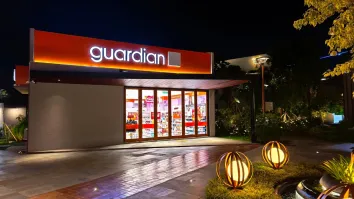
BNPL payment option to boost Southeast Asia’s e-commerce market
Younger generations are increasingly willing to use online BNPL options.
Buy-Now-Pay-Later (BNPL) platforms are expected to contribute to the surge in e-commerce in Southeast Asia over the next four years as consumers are increasingly willing to use them as a payment option, according to a report from Fitch Solutions.
The pandemic, which accelerated the adoption of e-commerce in emerging economies, has also seen strong partnerships between e-commerce and BNPL platforms, and almost all e-commerce platforms in Southeast Asia currently offer a BNPL option alongside more traditional online payment options, the report noted.
These platforms are often integrated with online retailers and smartphones, allowing consumers to easily access BNPL options without the involvement of credit checks, and defer payments or pay in interest-free instalments, even for small-ticket purchases, Fitch said.
“As consumers, most notably generation Z and millennials, are becoming increasingly willing to use online BNPL options to purchase goods, we expect more retailers and e-commerce platforms to partner with BNPL firms over the next few years,” the report stated.
READ MORE: BNPL credit products value to rise to $576b by 2026: report
Fitch believed that BNPL has the potential to weigh on credit card usage for e-commerce transactions, as Internet and e-commerce penetration rates rise in emerging markets and consumers develop a higher trust level in online payment methods.
Across the region, average household disposable income is expected to post real growth in the medium term.
“This will see households develop greater willingness and ability to spend, allowing them to trade up price points, gradually move away from the 2020-2021 focus on essentials and provide consumers with higher propensity to spend on non-essential retail in the medium term,” the report stated.
Rising mobile usage is also expected to see a greater proportion of the population having the ability to access e-commerce as well as modern retail, as Southeast Asia’s addressable market for mobile penetration is set to continue growing robustly over the next 10 years.
Fitch noted that the region’s mobile penetration remains large. As mobile phones are typically cheaper and more portable than other electronic devices such as laptops and computers, they have one of the highest penetration rates in emerging economies, the report stated.
“Most e-commerce platforms are also structured to be most compatible when accessing it via a mobile device,” Fitch added.



















 Advertise
Advertise







